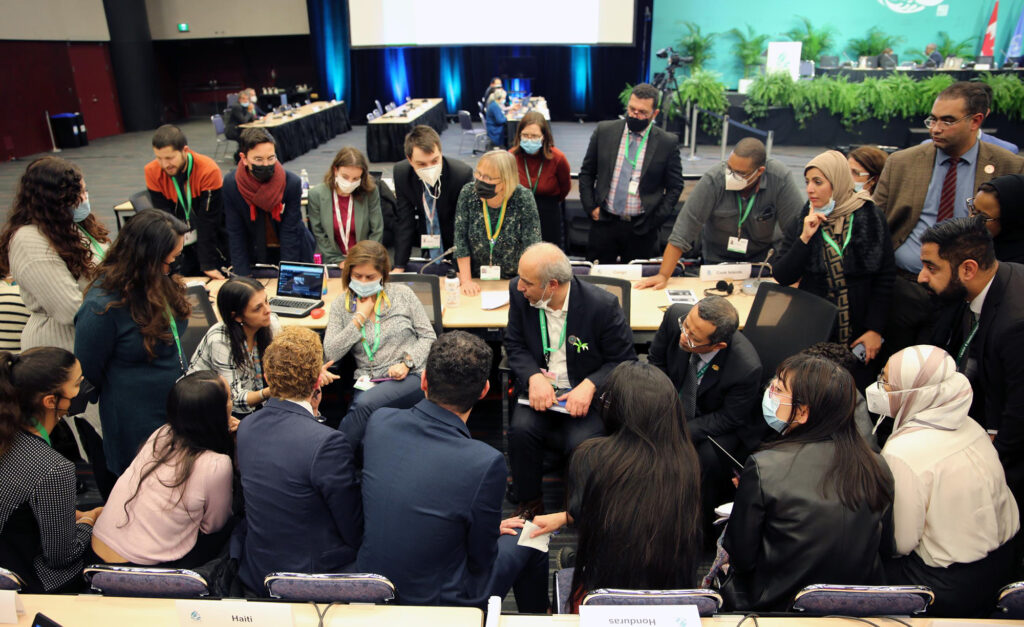How can the new Global Biodiversity Framework (GBF) be a transformative moment for nature and people? That is the question that we (Focali-SIANI, Swedbio and CSPR at Linköping University) posed to a diverse panel of experts from policy and practice who participated in the COP15 event in which the Framework was negotiated. The recording can be viewed here — we thoroughly recommend watching the rich discussion.
Our diverse panel included participants from a range of backgrounds and positions.

Our guest researcher Koji Miwa from the Institute for Global Environmental Strategies (IGES) set the scene for the event with a brief but authoritative run-through of the scientific basis for transformative action. Koji provided us with an introduction to the work of the Intergovernmental Science: policy platform on Biodiversity and Ecosystem Services, which has clearly outlined the need for transformative action on biodiversity loss. He also mentioned the disappointing status of the precursor to the GBF, the ‘Aichi Targets’; few of which were actually met. There was much at stake during the negotiations process. This needs to be a ‘Paris moment’ for nature, alluding to the key role played by the Paris Agreement in raising the profile of the climate crisis and galvanising climate action.
After delays and 4 years of negotiations, the new Kunming-Montreal Global Biodiversity Framework was adopted by world leaders in December 2022. The multilateral agreement’s vision is to live in harmony with nature by 2050 and aims to arrest declines in biodiversity, whilst aligning with the 2030 Agenda for Sustainable Development. As described in the careful reporting of the Earth Negotiations Bulletin (the official reporting unit for the event), the Framework sets out an ambitious plan of action through 23 targets. Whilst the delays have increased the scale of the challenge—there are now less than 8 years left to meet these targets; the agreement, on the other hand, is also backed by financial commitments and participants stressed how the extra time had contributed to a strengthened process, which may deliver better results. Several participants mentioned the learning and sharing that had taken place during the extended negotiations, reflected in increased participation in the negotiations by more actors and stakeholders. This has also contributed to building trust between countries, and among different actors.
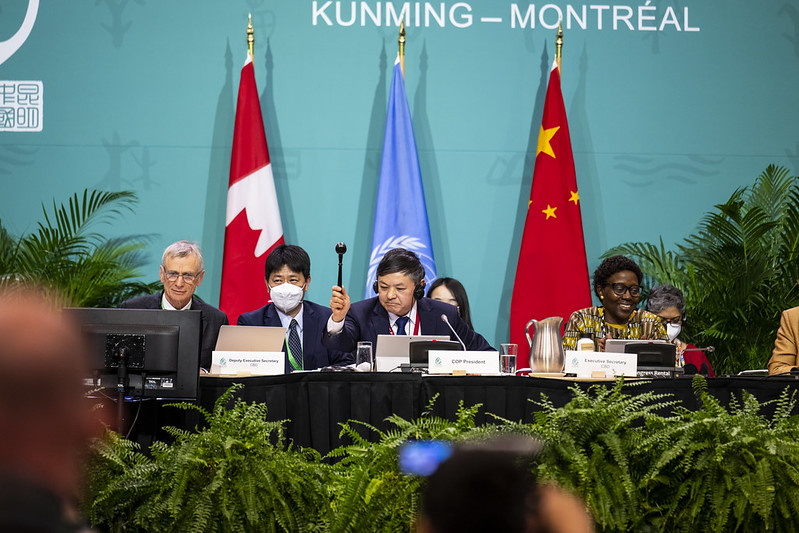
The target attracting most media attention in the framework is to protect 30 percent of the Earth’s surface (so called ‘30×30’). However, the panelists emphasised that all targets are key and interconnected. The same goes for the six decisions passed including the GBF agreement itself, regarding monitoring, resource mobilisation, digital sequence information, cooperation, and capacity building. Reflecting on her experience leading the subsidiary body for implementation (SBI), panelist Charlotta Sörqvist, CBD chief negotiator at the Division for Natural Environment in the Swedish Ministry of Climate and Enterprises, stressed that all 6 decisions need to be seen together, as a package deal, given that is how they were negotiated.
Even considering the diverse perspectives of the panel, the framework seems to have surpassed initial expectations, especially with regard to building a strong and robust process, recognising the importance of inclusion, human rights and gender equality. Amelia Arreguín, UNCBD Women’s Caucus Coordinator at Women4Biodiversity, said “COP15 was a historic moment for gender equality and the women’s movement advocacy, because for the first time a Rio convention adopted a gender equality target…we are proud of that work and at the same time it is a big commitment and task to take ahead.”
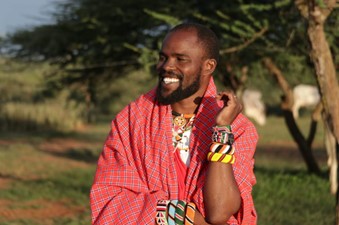
Panelist Ramson Karmushu, Research Learning and Advocacy Manager at the Indigenous Movement for Peace Advancement & Conflict Transformation (IMPACT), remarked, “As Indigenous Peoples and local communities (IPLCs), we have participated for many years in the negotiations. But one thing I can take away from this round of negotiations is that there is more recognition of not only IPLCs, but also of women and youth.”
Another panelist mentioned that whilst inclusion is crucial, we also need to keep the focus on delivering the targets on time.
Now all eyes lie on implementation
During the event, speakers highlighted key issues to achieve a truly transformative moment through the decisions made at COP15. While the panel itself represented diverse groups and entry points they underlined several common and central matters, particularly meaningful participation, equitable resource mobilisation, accountability, monitoring, and the short-time frame for delivery of results. Participants stressed that it will be crucial to now focus on the links between those negotiating the framework and those tasked with its implementation. There was a focus on the national-level decision-making and on the NBSAPs – the national biodiversity strategies and action plans that countries use to show what they are planning to do.
Meaningful participation
Participants emphasised that contributions from Indigenous Peoples and local communities are essential when it comes to biodiversity conservation and play a key role in the development of global biodiversity policy. This has previously been illustrated by the Local Biodiversity Outlooks, an official contribution to the Convention of Biological Diversity (CBD). Pernilla Malmer, Senior Advisor at SwedBio at Stockholm Resilience Centre, highlighted “One promising thing is that The Intergovernmental Science-Policy Platform on Biodiversity and Ecosystem Services (IPBES), which works in close collaboration with the Convention on Biological Diversity, highlights the role of traditional knowledge.” While the Kunming-Montreal framework recognises Indigenous, local and traditional knowledge, she adds that “It is a challenge to ensure that we have human rights, equity and full and effective participation as well as traditional knowledge covered in the monitoring”.
In terms of equality, inclusivity and participation there are a few targets to celebrate. One of them is target 23, a new stand alone target on gender equality. The challenge will be “…to bridge the gap between negotiators and implementing authorities” and “we need to engage all people in all positions in society to make this framework a reality in 7 years”, she added.
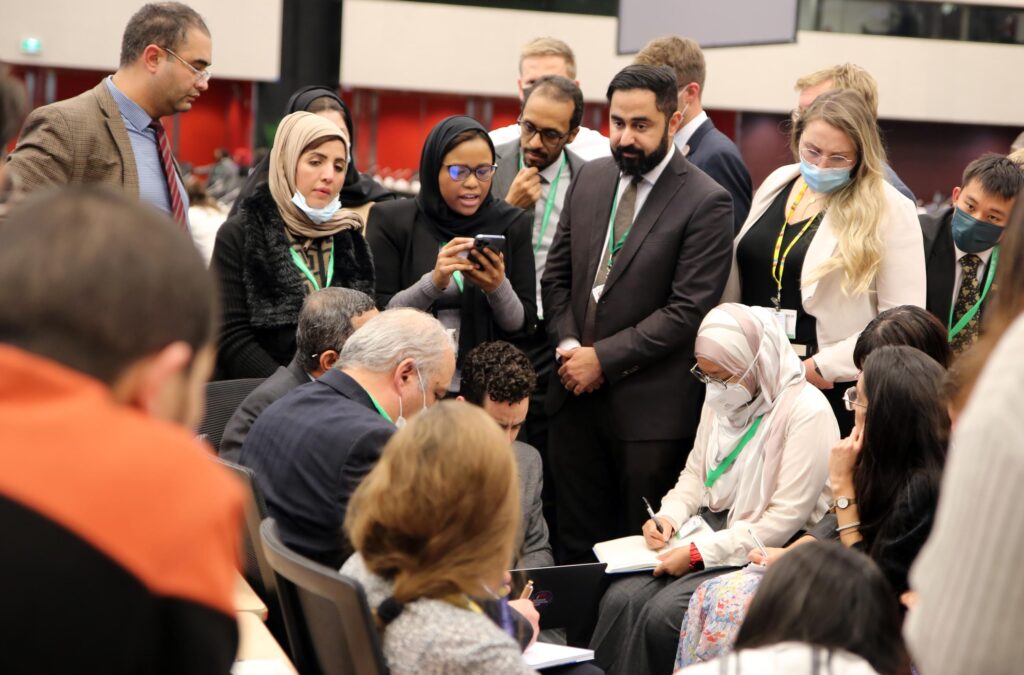
Equitable resource mobilisation
At the end of the Montreal negotiation, after contentious discussions around resource mobilisation, parties reached consensus to establish a special trust fund under the Global Environment Facility (GEF). The main challenge with finance remains in the little time left to urgently revert biodiversity loss. Another constraint was how much funds should be mobilised to implement the framework. With closing the USD700-billion-dollar biodiversity finance gap outlined as one of the goals, Target 18 is dedicated to reducing harmful subsidies by at least USD 500 billion dollars per year by 2030, while Target 19 addresses the mobilisation of USD 200 billion dollars for national biodiversity strategies and action plans.
“Target 18 helps us change practices, shift how we do things, and reduce the pressure on the loss of biodiversity more than investment in conservation and restoration can ever do,” highlighted Anna Axelsson, Senior Policy Specialist on Environment and Climate Change at Sida’s Policy Support Unit. She also pointed out it was a great step that Target 19 specified the need for money to come from all sources, ranging across domestic resource mobilisation, investment from private sectors, and international flows, e.g. official development assistance.
It is equally important to discuss where funding is allocated and what it is used for. Participants stressed that much as most finance decisions are made at the international and national levels, it is crucial for the framework to ensure the financial support reaches local actors. As IPLCs are recognised as stewards of biodiversity, finance for biodiversity should ensure financial resources are mobilised in an inclusive and equitable manner.
During the event, the audience raised the issue of fortress conservation manifested in financial mechanisms and conservation incentives for biodiversity.
“The earlier narrative of conservation is creating parks where people don’t exist and if we increase these areas, we will definitely be talking about evicting people and a type of biodiversity finance that protects nature without people,” said Ramson Karmushu, Research Learning and Advocacy Manager at the Indigenous Movement for Peace Advancement & Conflict Transformation (IMPACT).
Accountability and monitoring
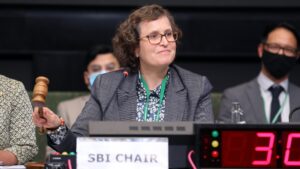
To divert from committing the same mistake of failing to meet biodiversity targets three times in a row, with the previous 20 Aichi Targets in 2010 and CBD targets in 2002, there was a strong call to set up monitoring systems with measurable targets, rather than just inspirational ones. “The change we need is transformative and we need goals and targets that will cover all areas we need to take action in. But that alone is not enough, we also need a clear monitoring framework for review and reporting and planning,” highlights Charlotta Sörqvist.
“Each country needs to come up with an inclusive action plan that gives everyone a responsibility from the government and people of each country, including IPLCs,” says Ramson Karmushu. The indicators for NBSAPs, as stated in the decision on the monitoring framework, will be decided by the Ad Hoc Technical Expert Group, composed of 30 technical experts and 15 organisation representatives. The successful translation of the biodiversity targets into action depends on the inclusivity of the expert group in bringing voices from IPLCs, women and youth.
Transformation through the GBF
Going forward, the panelists provided input on what is needed for effective translation of the 6n decisions, 4 goals and 23 targets of the framework into solid actions, such as:
- Recognise and build on the work of communities and cultures living in harmony with nature and already protecting sustainable ways of life using traditional knowledge
- Updating NBSAPs in response to human rights, gender equality, intergenerational equity, youth participation, and transformative education aspects
- Avoiding false solutions, such as biodiversity offsets, and ensuring any resource mobilisation is done as long as human rights, gender justice, and intergenerational equity provisions are fully integrated
- Inclusive development of indicators to reflect human-right considerations and to document, recognise, monitor, and measure the contribution of IPLCs, women and youth in achieving the targets
- Champion the role of youth and create intergenerational communication to urgently stem the loss of traditional knowledge
- Ensure instruments and policies of the framework do no harm to vulnerable communities
- Improve dialogue with other ongoing multilateral processes and institutions, such as bilateral aid, to ensure they are consistent with biodiversity targets
Authors: This webinar report was co-authored by Celina Thaller de Zarate and Ana Carolina Marciano at SwedBio, Stephen Woroniecki at Linköping University, Carolina Yang at SEI and Maria Ölund at Focali – SIANI.
About the webinar: The webinar was held within the Focali – SIANI collaboration in close collaboration with Swedbio and CSPR at Linköping University. Read more about the webinar program and see speakers bios here
Video: Watch the recording of the webinar below.
Contact: For questions about the Focali – SIANI collaboration contact: maria.olund@gu.se
